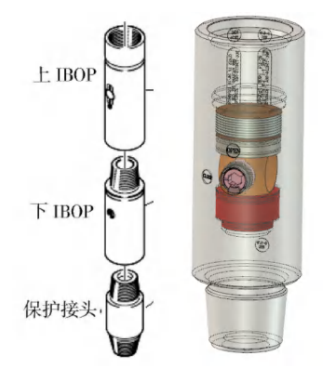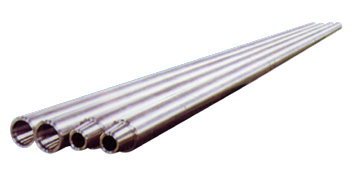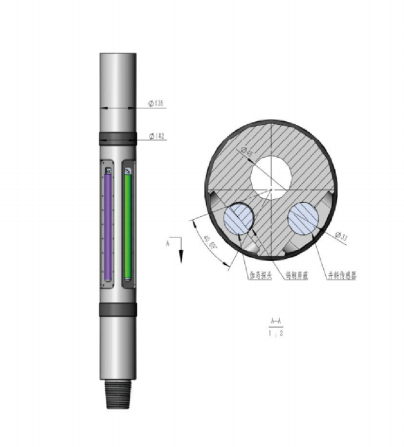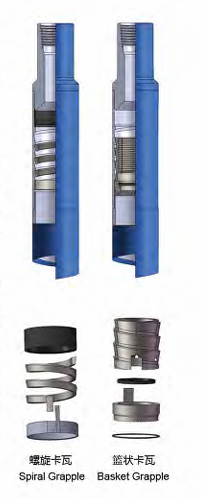The Top Drive Hydraulic Cock (commonly referred to as a hydraulic valve or control valve) plays a critical role in modern oil drilling operations, particularly in systems utilizing a Top Drive Drilling System (TDS). Below is a detailed breakdown of its functions and importance:
Core Roles of the Top Drive Hydraulic Cock in Oil Drilling
1. Hydraulic Flow Control
- Regulates the flow of hydraulic fluid to the top drive’s motors and actuators, ensuring precise control over:
- Rotation Speed: Adjusts torque and RPM for drilling efficiency.
- Pipe Handling: Manages the lifting/lowering of the drill string during tripping or connections.
- Maintains stable hydraulic pressure to prevent system overload or stalling.
2. Emergency Shutdown (ESD)
- Acts as a fail-safe mechanism to cut off hydraulic supply instantly in emergencies (e.g., stuck pipe, blowout risk, or equipment malfunction), preventing catastrophic damage.
3. Directional Control
- Directs hydraulic fluid to specific components (e.g., swivel, rotary table, or pipe-handling arms) to switch between drilling modes (e.g., rotating, circulating, or backreaming).
4. Pressure Stabilization
- Balances pressure fluctuations caused by dynamic drilling conditions (e.g., sudden changes in weight on bit or formation resistance), ensuring smooth operation.
5. Isolation for Maintenance
- Allows technicians to isolate sections of the hydraulic system for repairs or component replacement without draining the entire system.
Key Applications in Drilling Operations
- Continuous Circulation:
Maintains mud circulation during pipe connections by controlling hydraulic flow to the top drive’s circulation sub.
- Torque Management:
Prevents over-torqueing the drill string in hard formations by limiting hydraulic pressure to the rotary motor.
- Pipe Handling Automation:
Enables precise hydraulic control for robotic arms in automated pipe-handling systems.
Design Features
- Material: High-strength steel or alloys (e.g., 4140 steel) to withstand pressures up to 5,000 psi and corrosive drilling fluids.
- Actuation: Manual, pneumatic, or electrically actuated (common in automated rigs).
- Seals: HNBR or fluoropolymer seals resistant to H₂S, high temperatures (up to 150°C), and abrasive fluids.
Summary
The Top Drive Hydraulic Cock is indispensable for:
- Precision Control: Optimizing drilling speed, torque, and pipe handling.
- Safety: Enabling rapid emergency shutdowns.
- Efficiency: Supporting automated, continuous drilling operations.
Its robust design and integration with modern TDS technology make it vital for deepwater, HPHT, and unconventional well drilling.










